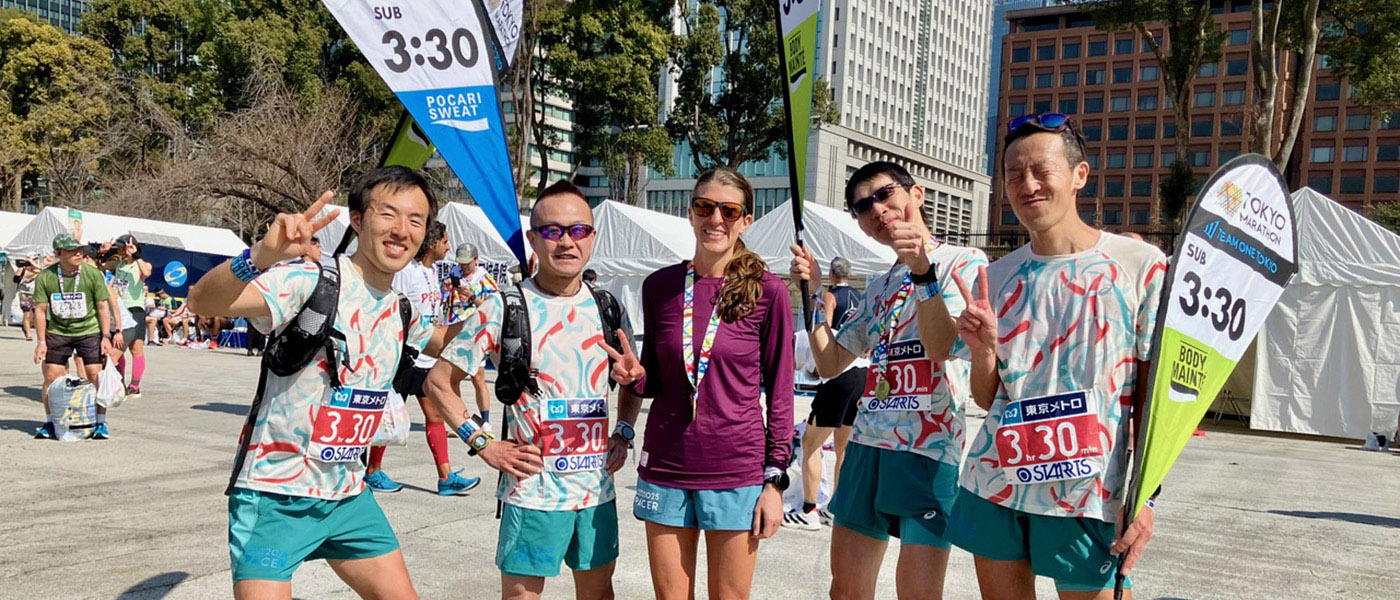
Kristyn Smith is a New York-based running coach, masters athlete, and proud Six Star Finisher who completed her journey at the 2025 Tokyo Marathon, where she was a pacer. She will return to the start line in 2026 for her second Tokyo Marathon.
With years of marathon experience and a passion for helping runners reach their goals, Kristyn offers a unique perspective on what makes the Tokyo Marathon so special.
We asked her to share her insights, tips, and personal experiences to help guide runners preparing for Tokyo 2026.
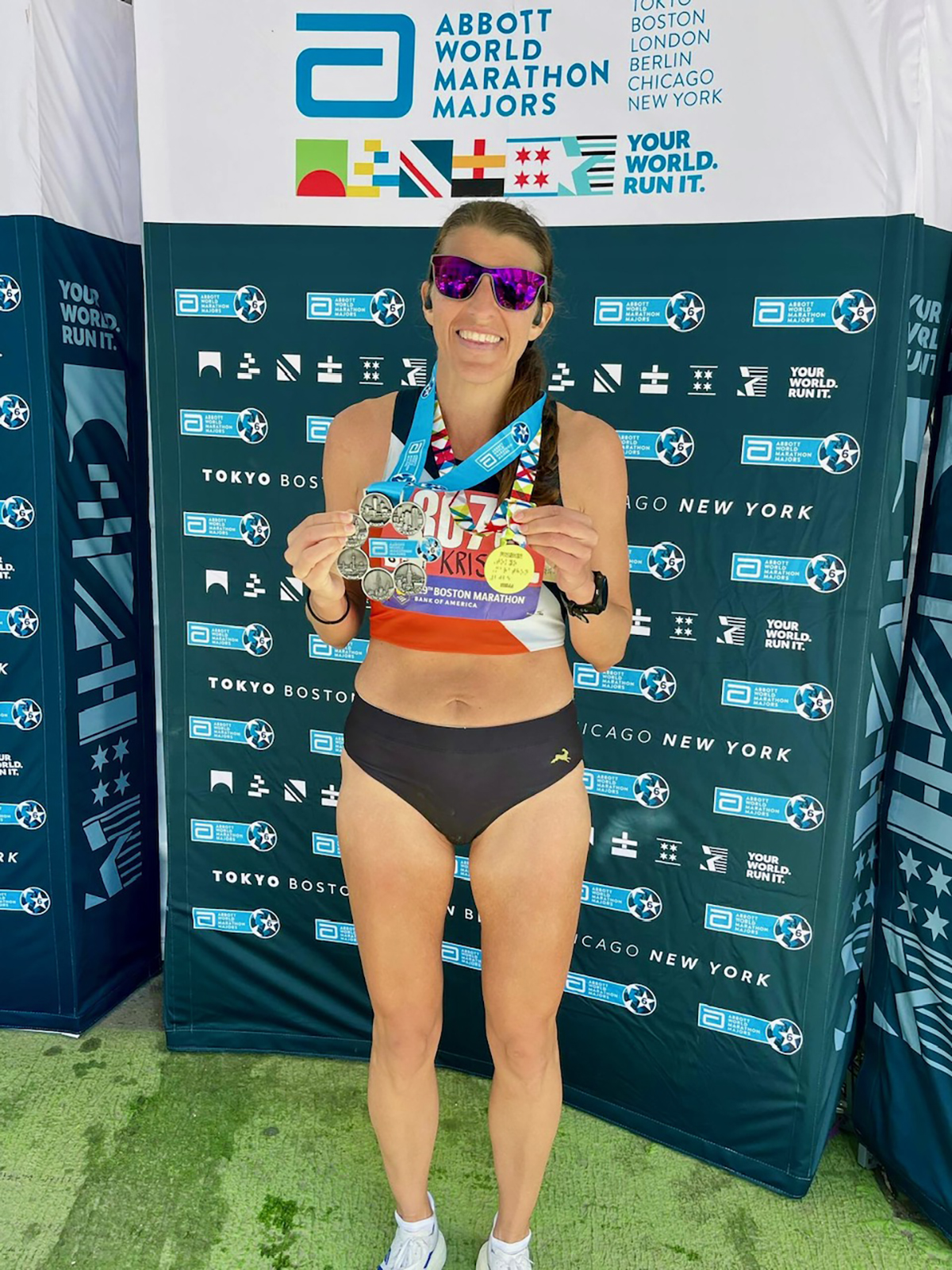
What makes the Tokyo Marathon special compared to other races you have been part of?
I’m a New Yorker, so the NYC Marathon is my hometown race. When I think of opposites, the NYC and Tokyo Marathons immediately come to mind. NYC is loud, in your face, gritty, crowded, and grand in scale. Essentially it is an over-the-top 26.2 mile block party. Tokyo, by contrast, is quiet, tidy, and orderly. The streets are pristine and the volunteers are incredibly polite. There is no lack of enthusiasm from participants or spectators, but in Tokyo it is expressed very differently. I love NYC, but I also love Tokyo precisely because of those contrasts. After all, why would I spend so much time and money travelling across the globe for a carbon copy of what I already have at home?
I was also fortunate that as a pacer I had the chance to meet and spend time with several Japanese runners. We shared the same mission, to help people reach their target, and that alone bonded us. Beyond that, I found the runners I paced alongside to be some of the kindest people I have ever met.

What is one piece of advice you would give to someone preparing for Tokyo for the very first time?
I have a few tips to share.
Read the runner’s handbook, and read it twice. It will be updated and released in February. Everything you need to know about the expo and race day is outlined there, including timetables, maps, and details for all fifteen aid stations. You will also find all race rules and guidelines. Race day is not when you want to be caught off guard. Sit down one evening before you pack your travel bag and spend some time reviewing it. You will be grateful you did. After all, you devote months to training and preparing your body, so it is worth making the same commitment to planning and logistics.
For in-race fuel, be prepared to be largely self-sufficient unless you know you have an iron stomach. Personally, I am not up for experimenting, especially not in the middle of a marathon, so I carry all the gels I will need and use electrolyte tablets with on-course water to ensure I stay fuelled and hydrated. You can certainly order Pocari Sweat and test other aid station items, such as pickled plum, ahead of time, but I prefer the confidence that comes with using what I have practised with for months.
Pacers in the front corrals run to gun time, not chip time. For 2025, this applied to all finishes of three hours thirty minutes and under. This is the complete opposite of most other races. If in doubt, do not hesitate to ask the pacer. I spoke to many runners who either missed that guidance in the handbook or did not understand it. We are there to help, so please ask.
Finally, factor in jet lag during your first few days. Your circadian rhythm will adjust, but it takes time. Be patient and set yourself up for success by not arriving at the last possible moment.
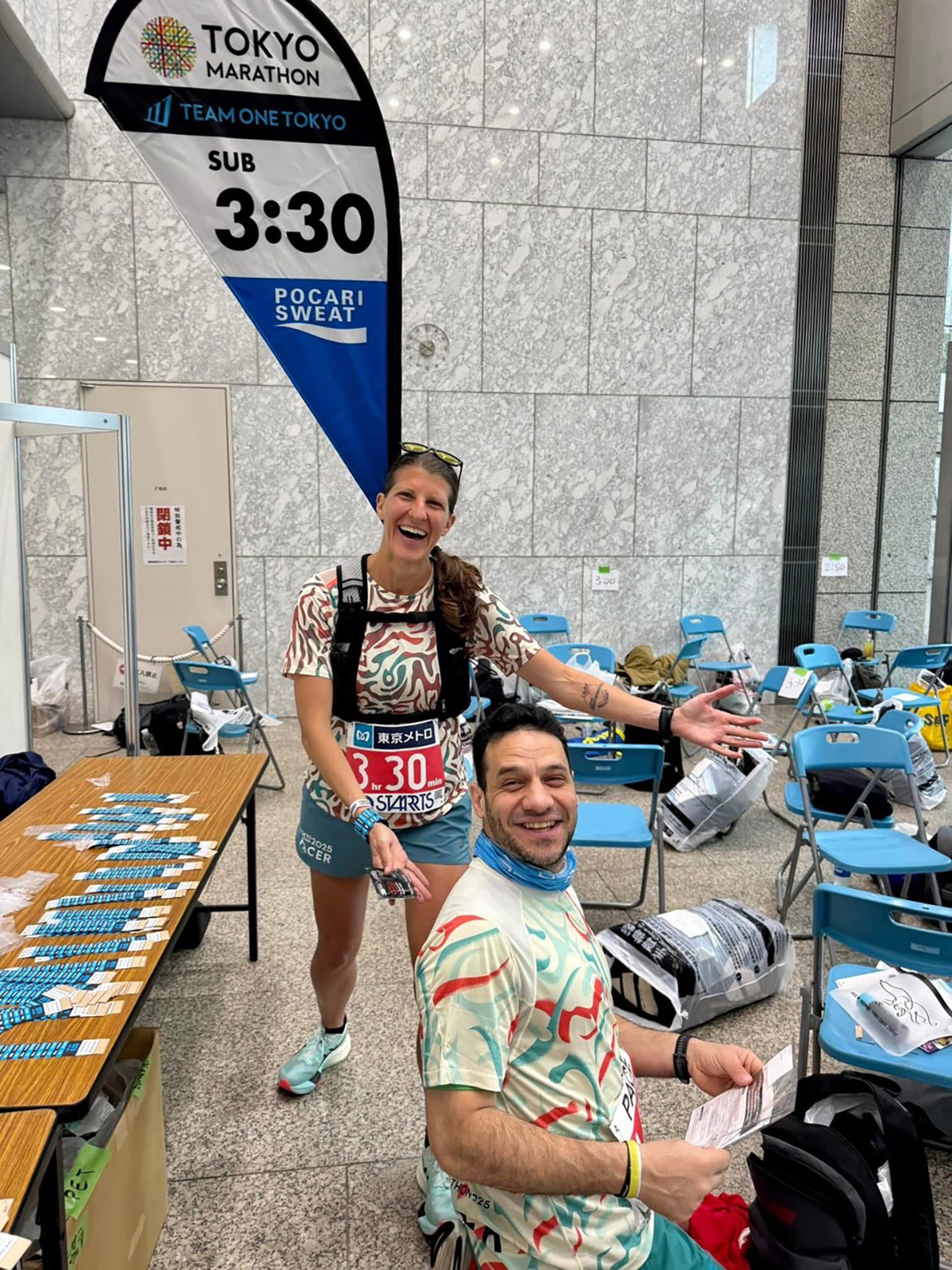
What is something runners should know about race week in Tokyo?
Tokyo has the least climbing of all the Majors. Berlin and Chicago get all the attention as the flat, fast courses, understandably, given how many world records have been set on them. Tokyo can be quite quick too. The multiple out and backs add a slight time drain, but with only 198 feet, or 60 metres, of elevation gain and a downhill start, Tokyo is absolutely in the fast course category. Prepare appropriately, catch a little luck with the weather, and you can definitely come away with a personal best.
What moment from your Tokyo Marathon experience stands out the most for you?
I have a two-part answer.
First, I am still incredibly proud of hitting my pacing assignment exactly. Running a marathon is hard, and pacing a marathon is hard. Doing both in a country you have never visited, using a measuring system different from your own, since we use miles rather than kilometres in the United States, only adds complexity. The outcome could easily have been different, but my preparation paid off. I am honoured to have been trusted with the role and grateful I was able to help others in the process.
Second, one of the most memorable moments came mid-race. I am part of a large NYC running club. We train together, but like in many big cities, people often move in and out. There I was, running through the streets of Tokyo, when suddenly I heard my name. I turned and saw a runner from my NYC club who had moved back to Japan a year earlier. It seemed impossible to cross paths with someone I had not seen in a year, in a field of 35,000 runners, halfway across the world, but it happened. I did have a large flag strapped to my back, which made me easy to spot, but still, what are the odds? We chatted for a few miles, catching up on the year that had passed. It was truly amazing.
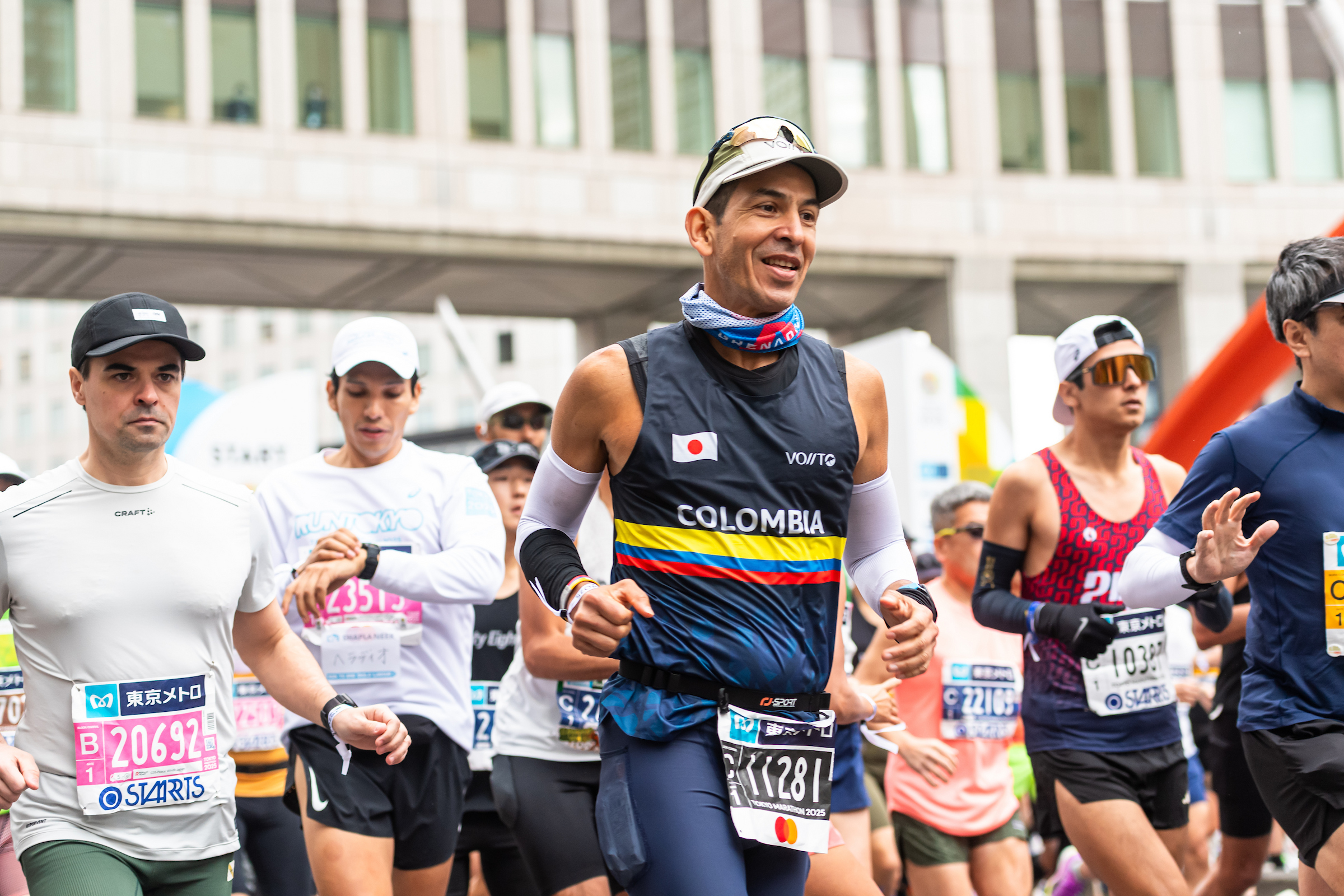
What is the one thing you hope every Tokyo Marathon participant takes away from their race?
For most runners, this will be a once in a lifetime trip, an experience they will remember for decades. That may sound like an exaggeration, but it is largely true. Above all, enjoy the unique experience that is the Tokyo Marathon. Enjoy your time exploring Japan. Take it all in. Embrace the differences. It can feel uncomfortable at first, but what a privilege it is to step outside your norm and immerse yourself in another culture. This is the definition of a life well lived, and there is no greater reward.
Other news
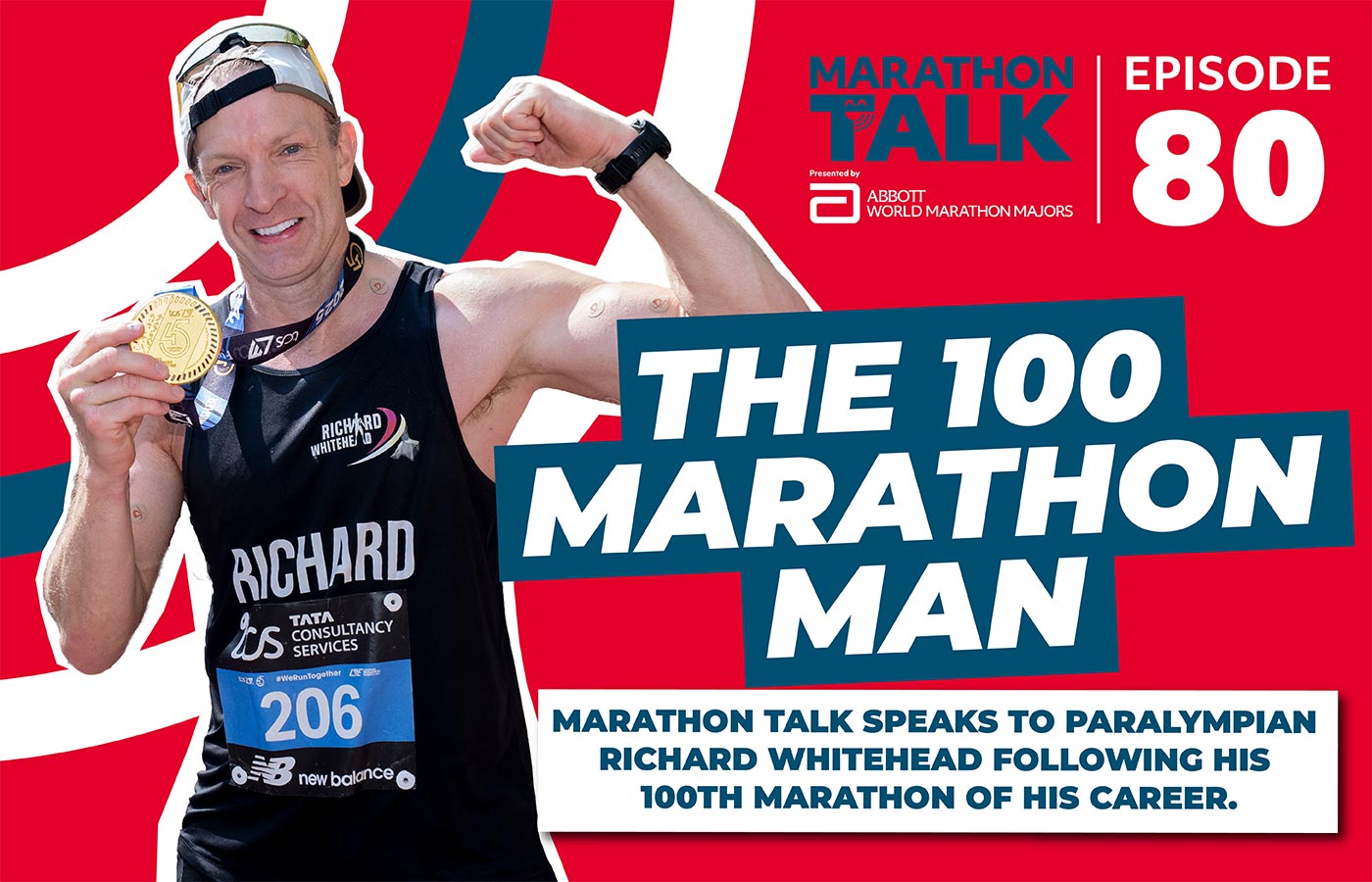
Episode 80: The 100 Marathon Man - Marathon Talk catches up with Richard Whitehead MBE




